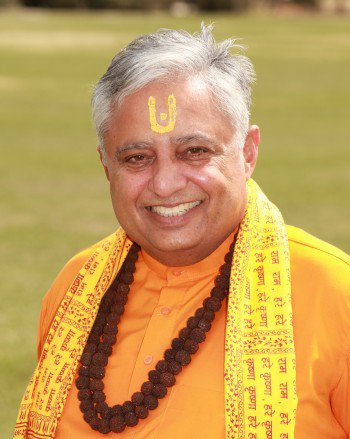 Hindus are upset at placing of carved Lord Ganesha as a grotesque creature on the medieval walls of St. George’s Chapel in Windsor Castle, England; calling it highly inappropriate.
Hindus are upset at placing of carved Lord Ganesha as a grotesque creature on the medieval walls of St. George’s Chapel in Windsor Castle, England; calling it highly inappropriate.US based Hindu religious leader Rajan Zed, in a statement in Nevada (USA) today, was critical of this reimagined Lord Ganesha image as grotesque installed on a Chapel wall and termed it as trivializing the highly revered deity of Hinduism.
Rajan Zed pointed out that Hindus were for free speech as much as anybody else if not more. But faith was something sacred and attempts at belittling it were painful for the devotees. Art organizations/institutions should be more sensitive while handling faith related subjects, Zed added.
Zed further said that Hindus welcomed art world to immerse in Hinduism but taking it seriously and respectfully and not for refashioning Hinduism concepts and symbols for personal agendas. Distorting of Lord Ganesha was highly slighting of ancient Hindu traditions.
Hinduism was the oldest and third largest religion of the world with about one billion adherents and a rich philosophical thought and it should not be taken lightly. No faith, larger or smaller, should be plundered, Rajan Zed noted.
Lord Ganesha’s new neighbors on Chapel wall, carved at City and Guilds of London Art School and waiting to be installed, reportedly include an armadillo, a rabbit, a fish, a dragon and a chameleon, a head whose tongue divides into two snakes, a snail, etc.
St. George’s Chapel in Windsor Castle, which is one of the principal residences of Queen Elizabeth II, founded in 1348, is a place of worship. Many royal weddings, including those of the children of Queen Victoria, have taken place here.
Many royals have been interred here, including King of England Edward IV in 1483, and it includes royal tombs of Henry VIII and Charles I. Queen attends Mattins at the Chapel on Easter Day and visits it on other occasions. Right Reverend David Conner is spiritual head, while Canon Chaplain is Martin Poll.
In Hinduism, Lord Ganesha is worshipped as god of wisdom and remover of obstacles and is invoked before the beginning of any major undertaking.





